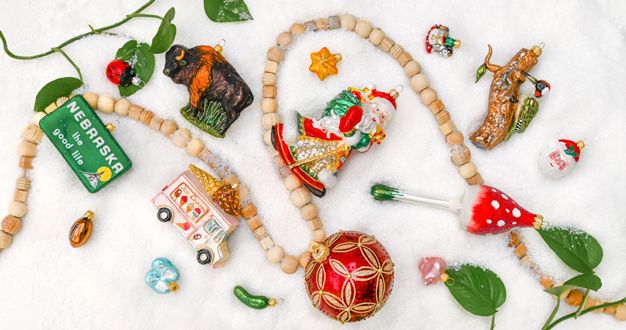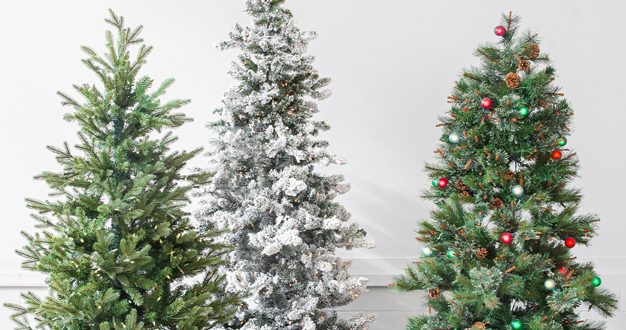
For many, spring is the big season for planning, working, and planting in our landscape. It’s understandable – after a cold winter stuck indoors, we’re all itching to get outside and see flowers again. But fall is another great time – maybe even the best time – to add new trees, shrubs, and perennials to your landscape. Here, we share some of the reasons why that is. We also explain how timing is important for the different types of plants, and we explore some soil amendments to consider before you plant in the fall.
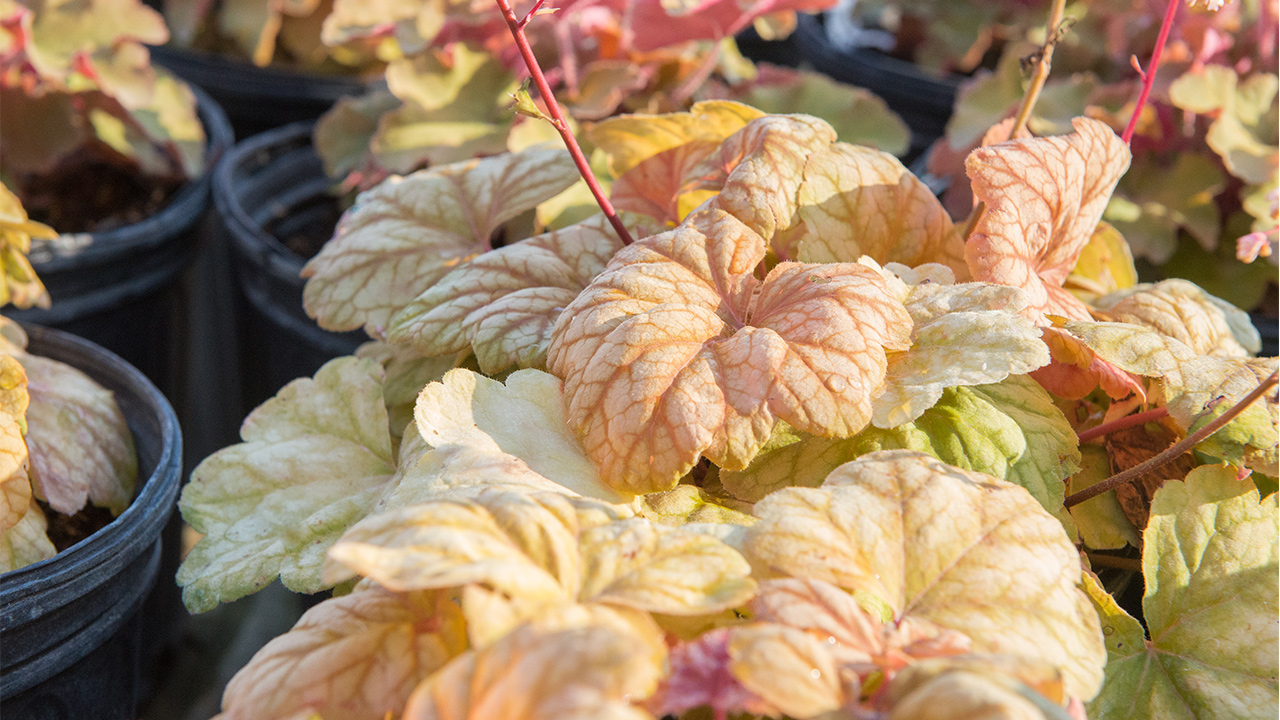
Fall is Good for Root Growth
In the fall, the perfect combination of warm soils and milder weather create ideal conditions for newly planted trees, shrubs, and perennials. Warm soil temperatures encourage root growth – more so than in the spring when the soil is still warming up. Plus, with the shorter days and cooler air temperatures, plants spend less energy on growing foliage and flowers and more on building a strong root system in preparation for winter. Planting in the fall takes advantage of this – allowing our landscape plants to meet next spring with a strong root system ready to power lots of new growth as soon as it warms up. And for any plant, transplanting can be stressful – cooler air and more consistent soil moisture in the fall make it a little less so.
Fall is Good for Planning
Fall is an ideal time for planting from a planning standpoint too. With all of your established trees, shrubs, and perennials grown up and leafed out, you can easily spot holes in the design or places where you need a texture change or a new pop of color. And with some of the planting completed this year, you can devote more time to other projects in the spring too.
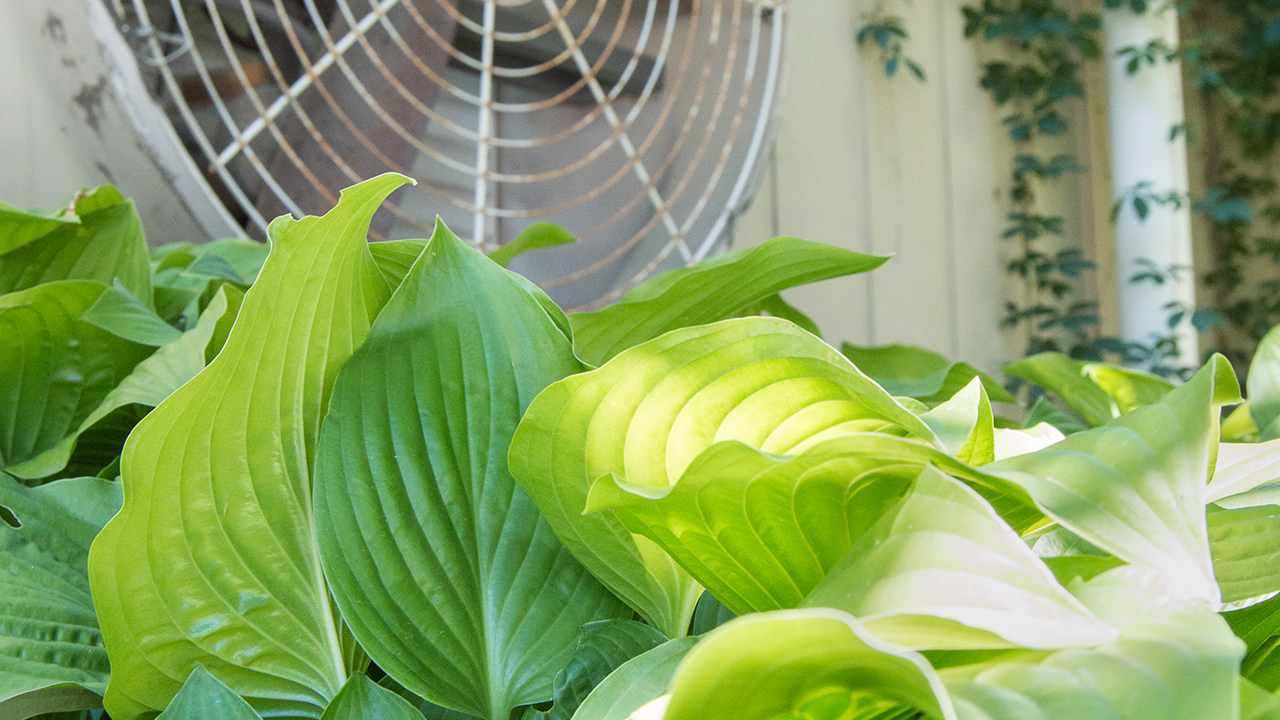
The Fall-Planting Timeline
While fall weather is great for new root growth, we also need to give the roots enough time to become established before the ground freezes. And the amount of time needed varies for different plants. Perennials that die back all the way to the ground every year – such as hosta, daylily, sedum, astilbe, and others – need the most time to establish their roots, so they should be planted as early as possible. Nursery Yard team member Tom Anderson recommends planting perennials before the end of September. This includes grasses that need extra time to establish their large, fibrous root systems.
Next in line are evergreen trees and evergreen shrubs. Since these plants keep their foliage year-round, they’re susceptible to extra moisture loss during the occasional warm spells in winter. Having a strong, established root system helps them through those times, so they do best when planted before mid-October.
Planting as early as you can in the fall never hurts for any type of plant, but even so, deciduous trees and shrubs can wait the longest. According to Scott Evans from Nebraska Extension in Douglas and Sarpy Counties, this is because these trees and shrubs don’t need to store as much energy in their root systems to support a canopy of foliage all winter – the way evergreens do. Around here, we continue to plant deciduous trees and shrubs as long as we can get a shovel in the ground, and you can follow that guideline too. In our area of Nebraska, the ground may not freeze completely until the end of November, giving you extra time for these types of plants.
Of course, our Nebraska weather varies – as do the needs of some specific plants. So, while you’re planning your planting projects, it’s a good idea to check long-range weather forecasts. And if you have questions about specific plant varieties, be sure to ask the team in the Nursery Yard.
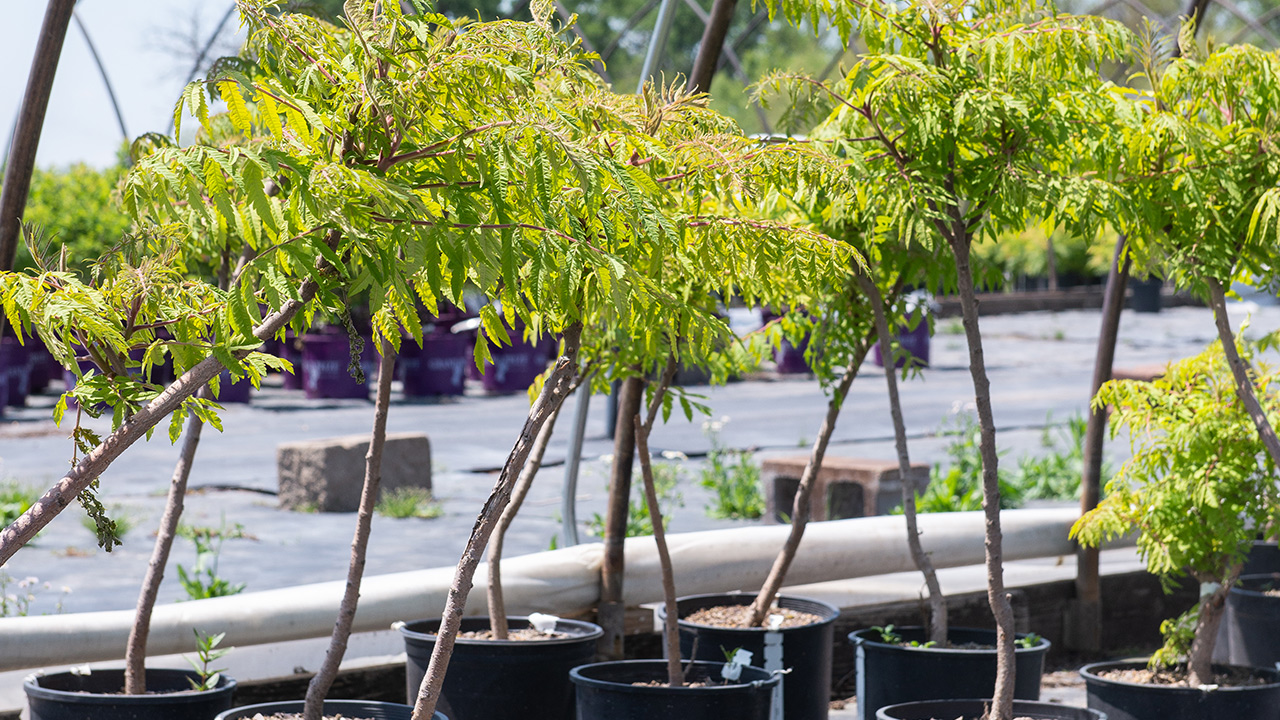
Planting Tips for Fall
If the soil in your landscape is healthy, you may not need to add anything to it before planting. In the fall, we generally discourage applying high-nitrogen fertilizer because it promotes new above-ground growth at a point when plants need to focus on root development. But, if you’re planting a little late and feel like your plants could use an extra boost, there are other things you can use instead. Superthrive is a vitamin-packed solution that helps plants recover from transplant shock. And a root stimulator is a type of fertilizer with a higher concentration of phosphorus to encourage roots rather than foliage. You might also consider adding mycorrhizae to the soil as you plant – especially if your soil is nutrient-deficient. Mycorrhizae are soil fungi that work closely in and around roots to increase a plant’s ability to take up water and nutrients.
After planting, water thoroughly and continue watering weekly until the ground freezes. Once the ground is frozen, add a two- to three-inch layer of fresh mulch to insulate the frozen soil from swings in temperature that could cause it to crack and heave new plants out of the ground.
Why Wait for Spring?
Spring will always be a great time to plant, but in many ways, fall is even better. If you have plans to add to your landscape, don’t think you need to wait. Stop by the Nursery Yard and talk to the team – we’ll help you find exactly what you need to get a jump start on next year’s growing season.


